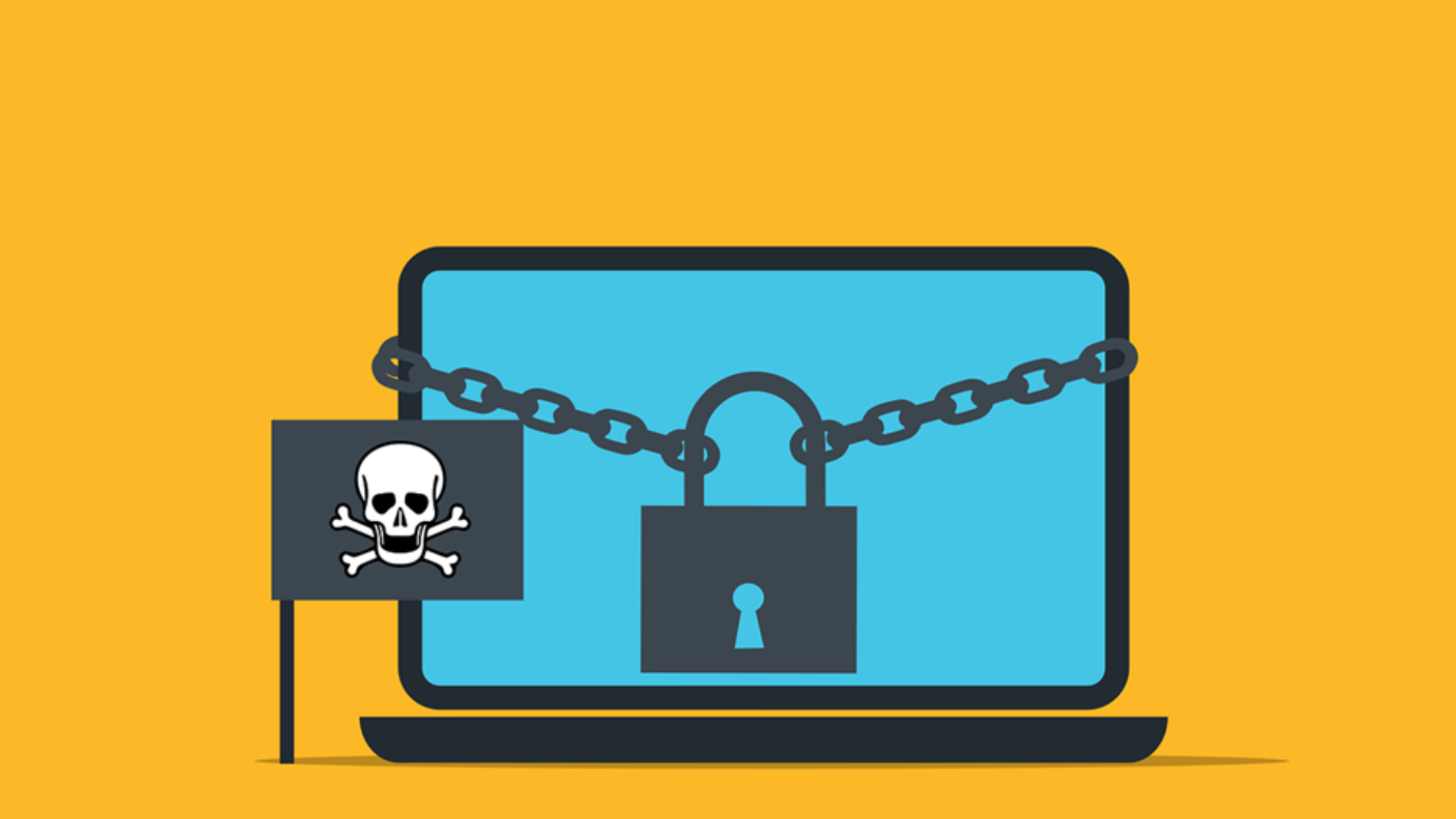Don't Risk It! Why You Shouldn't Skip Vulnerability Assessments
Cyber threats are a perpetual reality for business owners. Hackers are constantly innovating. They devise new ways to exploit vulnerabilities in...
3 min read
![]() Totalcare IT
:
Oct 15, 2025 6:15:00 AM
Totalcare IT
:
Oct 15, 2025 6:15:00 AM
For manufacturers, uptime is one of the most critical performance indicators. Every minute of unplanned downtime can disrupt delivery schedules, cause missed deadlines, and reduce profitability. Cyber incidents have become one of the most common causes of these disruptions. According to IBM’s Cost of a Data Breach Report 2025, the average breach in the industrial manufacturing sector cost $4.99 million, higher than the global cross-industry average of $4.88 million. This demonstrates how heavily downtime and operational disruption affect manufacturers compared to other industries.
Manufacturers in Idaho are no different. Whether it’s a timber mill, an aerospace supplier, or a food processor, operations depend on interconnected systems that, if disrupted, bring production to a halt. Cybersecurity directly protects uptime by preventing ransomware infections, unauthorized access to operational technology (OT), and other attacks that can stop a plant floor as effectively as a mechanical breakdown.
Many executives still think of cybersecurity as an IT compliance issue, but for manufacturers competing in national and global supply chains, it is quickly becoming a contract requirement. The Department of Defense’s Cybersecurity Maturity Model Certification (CMMC) framework mandates specific security practices for all defense suppliers and their subcontractors. Meanwhile, federal contractors must comply with NIST SP 800-171, and large commercial buyers are increasingly adding cybersecurity requirements into supplier audits.
For manufacturers in Idaho looking to grow into sectors like aerospace, defense, or advanced materials, failing to meet these standards means being excluded from bids. Deloitte has observed that manufacturers who view compliance as a competitive differentiator, rather than an obligation, consistently gain access to more profitable contracts. In this context, cybersecurity is not overhead — it is an investment in market eligibility.
Beyond meeting contract requirements, cybersecurity is also a trust signal to customers. A manufacturer that can demonstrate a strong security posture shows it is a reliable partner capable of protecting intellectual property and sensitive production data. In industries such as aerospace, semiconductors, and food manufacturing, this level of trust is non-negotiable.
Research from PwC found that 87% of executives believe customers will walk away from a business if they don’t trust its data handling practices. In competitive markets, that means cybersecurity directly influences brand reputation and the ability to win and retain business. For Idaho companies that often rely on long-term relationships with regional and national clients, that trust is a strategic asset.
The rise of Industry 4.0 has blurred the lines between IT and OT. Production equipment is increasingly networked, with industrial control systems (ICS), IoT sensors, and cloud-based monitoring tools integrated into manufacturing workflows. While these technologies improve efficiency, they also expand the attack surface.
A 2024 report found that 80% of manufacturers experienced an increase in cyber incidents over the prior year, driven in part by IT/OT convergence. Idaho manufacturers adopting smart factory technologies must account for this risk. Failing to secure OT environments can expose production machinery to the same vulnerabilities that affect office IT systems.
For cybersecurity to be seen as an enabler rather than overhead, it needs to be expressed in financial terms. CFOs and controllers are increasingly part of cybersecurity discussions because they understand the direct link between secure systems and profitability. When framed as “downtime prevented” or “contract eligibility maintained,” cybersecurity spending becomes easier to justify at the board level.
Accounovation notes that CFOs who integrate cybersecurity risk into financial reporting and decision-making help shift the narrative from cost to value. This perspective is particularly important for mid-market manufacturers in Idaho, where margins can be tight and every investment must be tied to measurable outcomes.
Even with strong defenses, no organization is immune to cyber threats. What separates successful manufacturers is the ability to recover quickly. Developing incident response plans, engaging Security Operations Centers (SOCs), and conducting employee awareness training all contribute to resilience.
CTG describes this as the resilience advantage — companies that know they can withstand cyber shocks are more confident in pursuing growth strategies, adopting new technologies, and entering competitive markets. In Idaho’s competitive manufacturing landscape, resilience allows companies to embrace innovation without fearing catastrophic downtime.
Idaho’s manufacturing sector is diverse, spanning timber, aerospace, food processing, and electronics. All of these industries are increasingly tied into global supply chains where cybersecurity is a differentiator. A strong cyber posture protects uptime, secures compliance, and builds customer trust. Most importantly, it enables growth by opening doors to contracts that would otherwise be out of reach.
Cybersecurity should not be viewed as overhead or an isolated IT issue. It is business infrastructure — as essential as reliable equipment, skilled labor, or a dependable supply chain. For Idaho manufacturers competing on quality, trust, and delivery, investing in cybersecurity is investing in future competitiveness.
The manufacturers that thrive in the coming decade will not be those who treat cybersecurity as a box to check. They will be the ones who recognize it as the enabler it is — protecting uptime, earning trust, and unlocking new paths for growth.

Cyber threats are a perpetual reality for business owners. Hackers are constantly innovating. They devise new ways to exploit vulnerabilities in...

When a cybersecurity incident strikes a manufacturer, the first figures that come to mind are the hard costs—system recovery, ransom payments,...

In a recent report from the White House, it was revealed that the United States experienced a 9.9% year-over-year increase in federal cybersecurity...